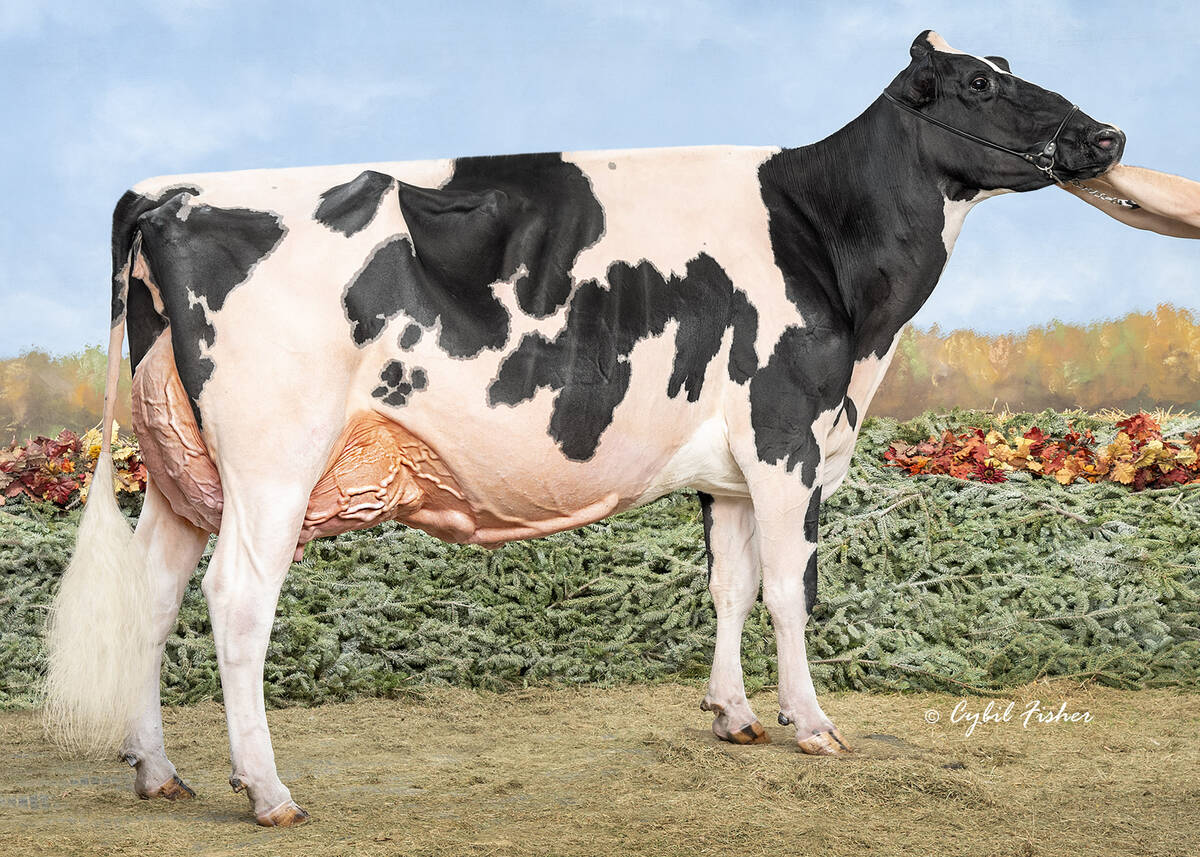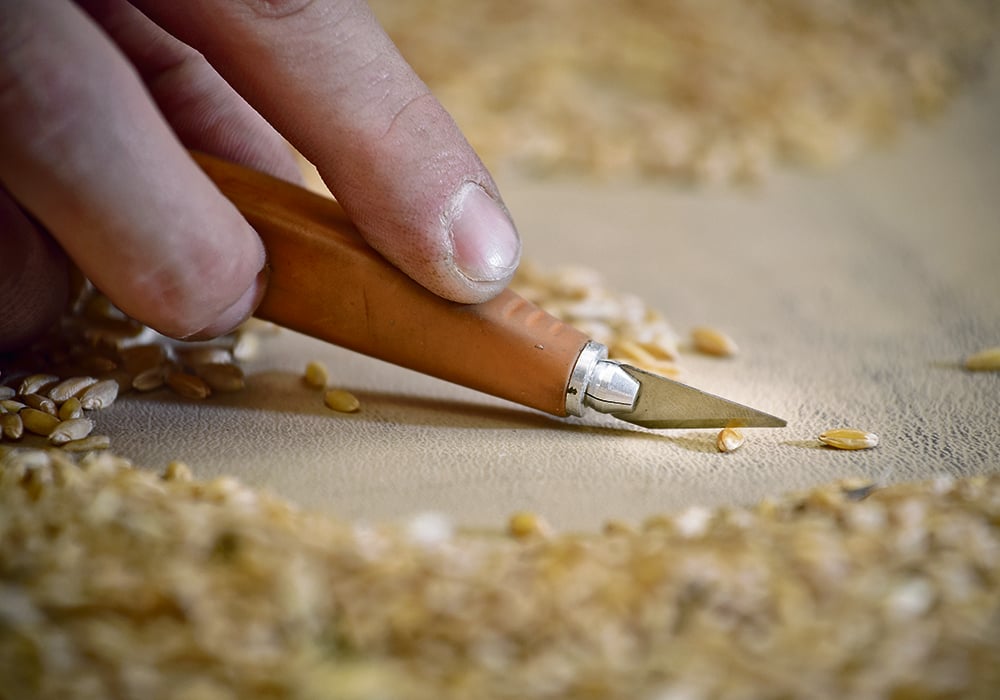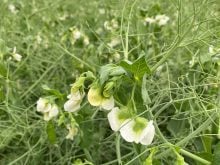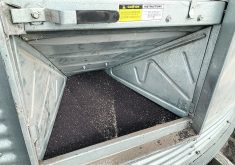Grain commission says harvest sample data shows that the higher standards will affect only a small number of farmers
Changes to Canada’s official grain grading guide are coming Aug. 1, and will align primary and export test weights for wheat.
Canadian Grain Commission chief inspector Derek Bunkowsky said updates for the 2023-24 crop year are based on science.
“The test weight alignment to the export test weight, that’s all based on scientific research, extensive scientific research, that was done in the grain research lab and it shows that the existing export test weight standard is needed to maintain end-use functionality properties that customers of Canadian grain require,” he said.
Read Also

Saskatchewan dairy farm breeds international champion
A Saskatchewan bred cow made history at the 2025 World Dairy Expo in Madison, Wisconsin, when she was named grand champion in the five-year-old Holstein class.
Existing primary test weights are lower and don’t ensure that the requirement will be met, he added.
Grain test weights are measured in kilograms per hectolitre and grams per half-litre, not in pounds per bushel. The test weights and the total foreign material will be aligned for Canada western red spring, hard white spring, extra strong, soft white spring and northern hard red classes.
“CWRS, which is the predominant class of wheat grown in Canada by far, the existing export standard is 385 g/0.5L which converts to 79 kg/hL,” said Bunkowsky. “Moving forward that’s going to be the standard for both primary and exports. The existing primary standard is 365 g/0.5L, which converts to 75 kg/hL.”
Although farmers like to talk in pounds per bushel, he said those conversions can be difficult to make because there are different methods. However, the existing primary standard would be about 57 lb. per bu. and the existing export standard is 60 lb. per bu.
Bunkowsky said some farmers may be unhappy because they have to meet a higher standard but harvest sample data the grain commission collects each year show only a small number would be affected.
“The vast majority of producers’ wheat samples are meeting or exceeding the export tolerance,” he said.
Total foreign material tolerances for Canada western amber durum will also be aligned to the export standard.
Another change is to the definition of severely sprouted wheat in western classes after research into end-use quality. Bunkowsky said in the past, kernels were assessed as severely sprouted even if the evidence was only that a sprout had broken off. These kernels will now be considered as regular sprouted wheat.
“The tolerances for severely sprouted are very small so that change will have a positive impact for both producers and handlers in years when sprouted and severely sprouted are a problem,” he said.
Dockage removal in canola is also being clarified in the official grain-grading guide to ensure the correct sieves are used when assessed at primary elevators.
Bunkowsky said producers should see this as positive, too, because there have been discrepancies reported among primary elevators. The clarification will provide consistency in the industry, he said.
The grain-grading guide will also update the definition of processed sample “to address issues with samples submitted to the Canadian Grain Commission for official grades where dockage was already removed,” according to the news release.
Chapters on lentils, beans, chickpeas, fababeans and canaryseed will include updates on the composition and definition of dockage, including insect parts.
















